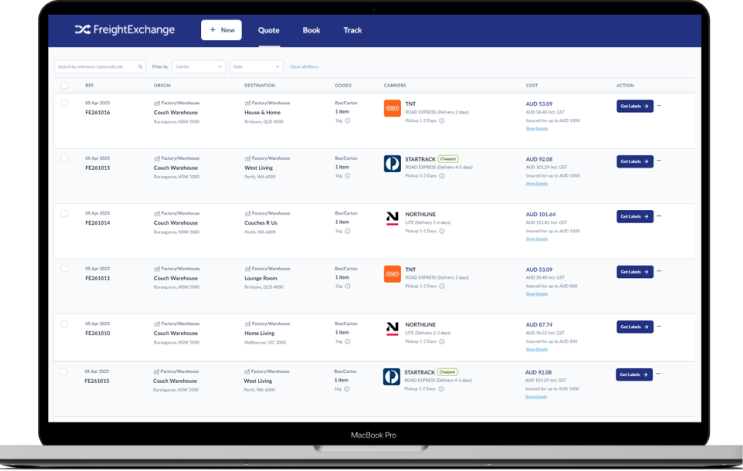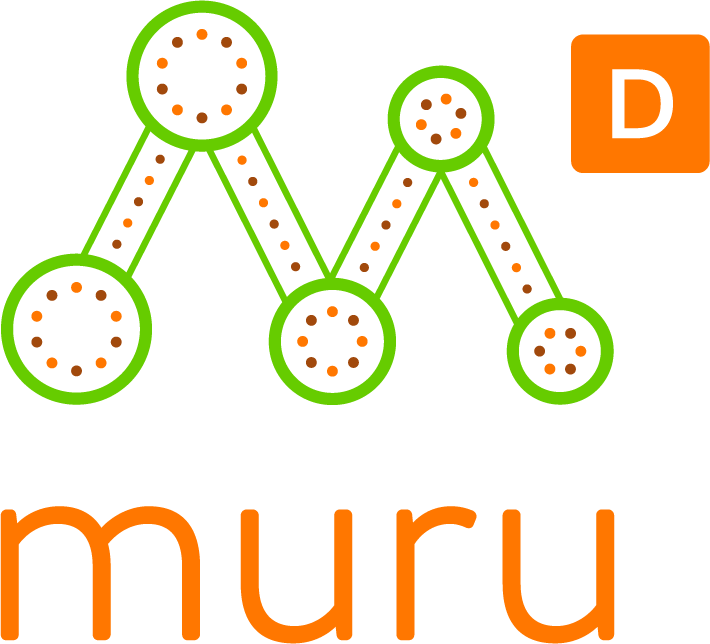Discover the benefits of supply chain automation and how it can optimise your business operations for maximum efficiency.
The supply chain refers to the process of moving goods or services from the initial production stage to the final delivery to the customer. It involves various stages, including procurement, manufacturing, transportation, warehousing, and distribution.
The Importance of Streamlining Operations
Streamlining operations is essential for businesses to remain competitive in today’s fast-paced business environment. By eliminating unnecessary steps, automating processes, and optimising workflows, businesses can achieve higher levels of efficiency and productivity.
Streamlining operations not only reduces costs but also improves customer satisfaction. By eliminating bottlenecks and delays in the supply chain, businesses can ensure timely delivery of products or services to customers, leading to increased customer loyalty and repeat business.
Automation also helps you to respond quickly to market changes and customer demands. By automating repetitive tasks and implementing real-time tracking and monitoring systems, businesses can adapt to changing market conditions and make data-driven decisions.
Benefits of Automating the Supply Chain
Reducing manual errors, minimising paperwork and improving data accuracy is the easiest way to benefit from supply chain automation. Real-time data sharing across the supply chain, leading to faster and more accurate decision-making.
Automation also improves inventory management by providing real-time visibility into stock levels, demand, and supply. Businesses can optimise inventory levels and minimise freight costs by automating the demand forecasting process.
- Keep customers and team members up-to-date information on order status and delivery dates
- Reduce costs by eliminating inefficiencies and optimising resource allocation
Implementing Supply Chain Automation
Implementing supply chain automation requires planning and consideration. Businesses need to assess their current processes, identify areas for improvement, and select suitable automation technologies. It’s important to involve key stakeholders, such as IT, operations, and logistics teams, in the decision-making process.
Once the automation technologies are selected, businesses should develop a detailed implementation plan and establish clear goals and metrics to measure the success of the automation project. It’s essential to allocate sufficient resources, both financial and human, for the implementation and training of employees.
Continuously monitoring your automated processes helps to identify any issues or areas for further improvement. Regular reviews and updates are crucial to ensure the effectiveness and efficiency of the automated supply chain.
Key Considerations for Successful Automation
To ensure successful automation of the supply chain, businesses should consider several key factors.
Focus on change management and employee training. Automation may require employees to learn new skills or adapt to new processes. Providing adequate training and support is essential to ensure a smooth transition and employee buy-in.
Furthermore, businesses should consider scalability and flexibility when selecting automation technologies. The chosen solutions should be able to adapt to changing business needs and accommodate future growth.
Lastly, collaboration and communication are crucial for successful automation. Businesses should foster collaboration between different departments and stakeholders to ensure seamless integration of automated processes and effective decision-making.























